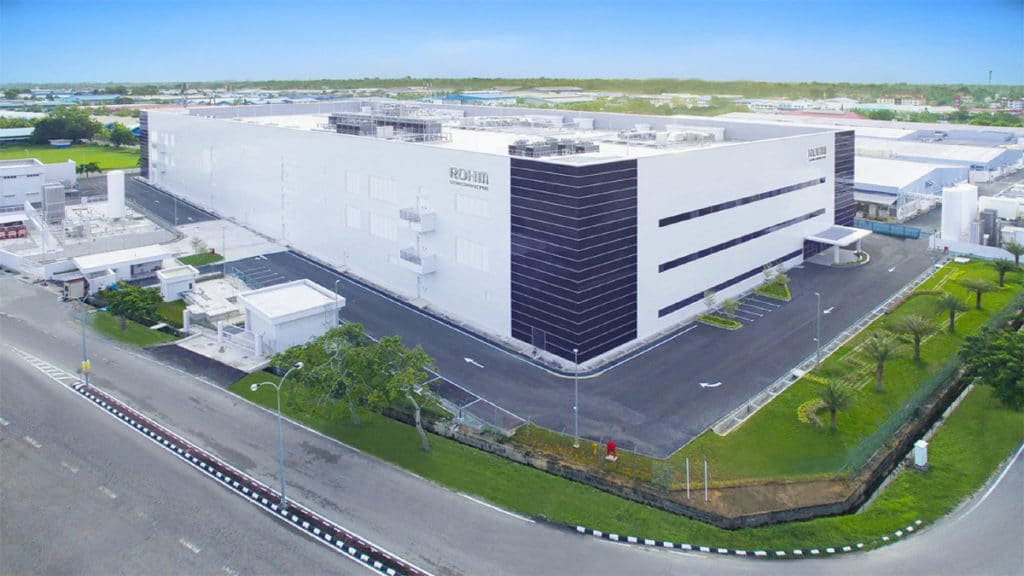Japanese components makers are considering bringing more of the manufacturing process back home as factory automation reduces costs and pandemic-induced plant shutdowns abroad prompt them to rethink supply chains, according to NIKKE Asia article.
Chipmaker and passive components maker Rohm has developed a production line that automates the labor-intensive back-end of semiconductor fabrication. The company will try out the line at a Fukuoka Prefecture factory starting this summer, with plans to ramp up to mass production in the second half of 2021.
“With fully or partially automated lines, operations can be profitable in Japan,” President Isao Matsumoto told Nikkei, unveiling plans to move part of the back end of production to domestic shores from places such as China and Southeast Asia later next year.
Many parts makers already have the front end of production in Japan after automation. But the back end tends to be labor-intensive and is often performed in countries with lower wages.
Rohm, which shut down its factories in the Philippines and Malaysia under lockdown or movement-limiting mandates, also aims to reduce fixed costs for overseas production. The Kyoto company seeks to increase outsourcing of the back-end phase to 30% by fiscal 2022 from 10% at present, Matsumoto said.
Japan Display, commonly known as JDI, is pursuing a similar path. As part of rebuilding its supply chain, “one idea is to move the back-end stage to Japan from abroad,” CEO Minoru Kikuoka said in an interview with Nikkei. The LCD panel supplier for Apple is bolstering investment in automation of the second half of the process.
“The gap in labor costs is not wide between overseas and Japan,” Kikuoka said. “Having the front- and back-end phases in the same region would lower transport costs as well.”
Murata Manufacturing appears to be rethinking its strategy as well. Japanese output accounts for 65% of its sales in value terms, and the electronic components maker had been looking to move some production abroad before the pandemic.
But under the coronavirus crisis, “our domestically-focused manufacturing turned out to be a strength,” Senior Executive Vice President Norio Nakajima said. “Now is not the time to keep shifting production overseas,” he said, suggesting beefed-up operations in Japan.
